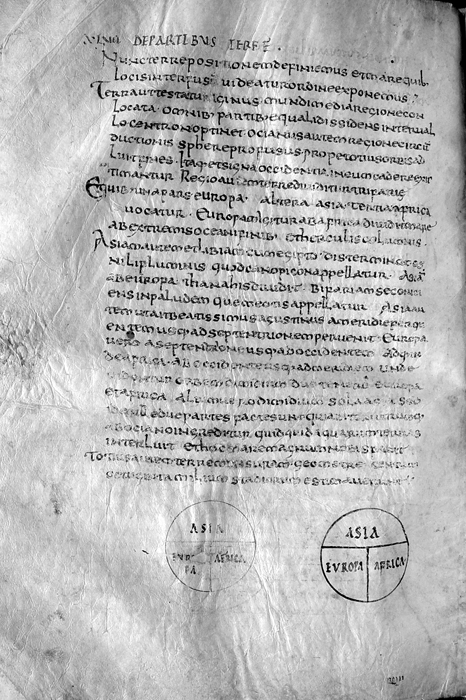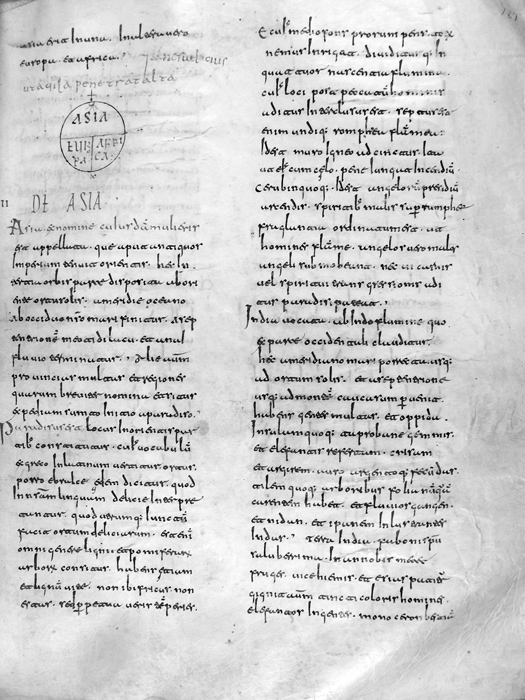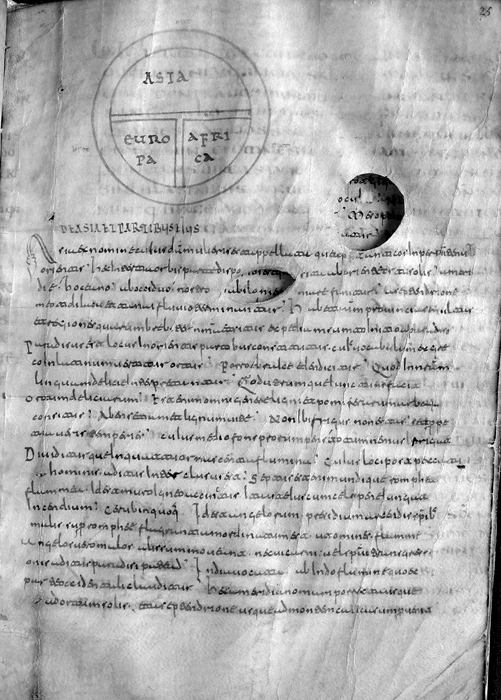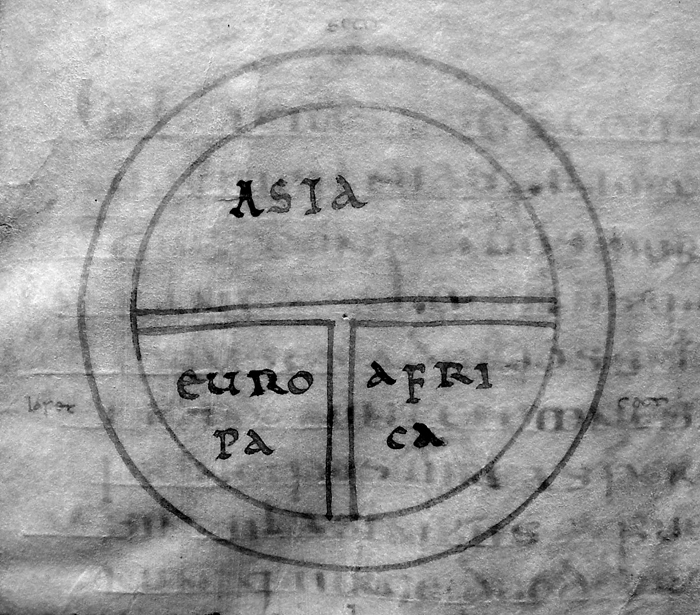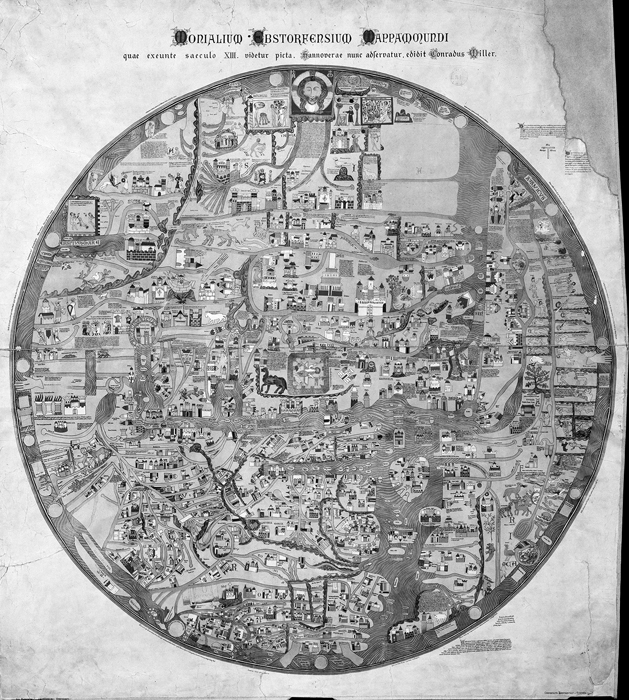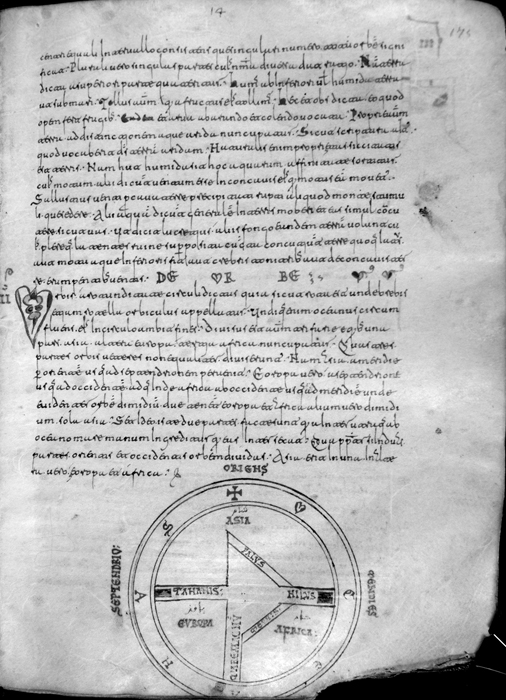Simone Pinet - The Task of the Cleric: Cartography, Translation, and Economics in Thirteenth-Century Iberia
Here you can read online Simone Pinet - The Task of the Cleric: Cartography, Translation, and Economics in Thirteenth-Century Iberia full text of the book (entire story) in english for free. Download pdf and epub, get meaning, cover and reviews about this ebook. year: 2016, publisher: University of Toronto Press, Scholarly Publishing Division, genre: Romance novel. Description of the work, (preface) as well as reviews are available. Best literature library LitArk.com created for fans of good reading and offers a wide selection of genres:
Romance novel
Science fiction
Adventure
Detective
Science
History
Home and family
Prose
Art
Politics
Computer
Non-fiction
Religion
Business
Children
Humor
Choose a favorite category and find really read worthwhile books. Enjoy immersion in the world of imagination, feel the emotions of the characters or learn something new for yourself, make an fascinating discovery.
- Book:The Task of the Cleric: Cartography, Translation, and Economics in Thirteenth-Century Iberia
- Author:
- Publisher:University of Toronto Press, Scholarly Publishing Division
- Genre:
- Year:2016
- Rating:4 / 5
- Favourites:Add to favourites
- Your mark:
The Task of the Cleric: Cartography, Translation, and Economics in Thirteenth-Century Iberia: summary, description and annotation
We offer to read an annotation, description, summary or preface (depends on what the author of the book "The Task of the Cleric: Cartography, Translation, and Economics in Thirteenth-Century Iberia" wrote himself). If you haven't found the necessary information about the book — write in the comments, we will try to find it.
Composed in early thirteenth-century Iberia, the Libro de Alexandre was Spains first vernacular version of the Romance of Alexander and the first poem in the corpus now known as the mester de clereca. These learned works, written by clergy and connected with both school and court, were also tools for the articulation of sovereignty in an era of prolonged military and political expansion.
In The Task of the Cleric, Simone Pinet considers the composition of the Libro de Alexandre in the context of cartography, political economy, and translation. Her discussion sheds light on how clerics perceived themselves and on the connections between literature and these other activities. Drawing on an extensive collection of early cartographic materials, much of it rarely considered in conjunction with the romance, Pinet offers an original and insightful view of the mester de clereca and the changing role of knowledge and the clergy in thirteenth-century Iberia.
Simone Pinet: author's other books
Who wrote The Task of the Cleric: Cartography, Translation, and Economics in Thirteenth-Century Iberia? Find out the surname, the name of the author of the book and a list of all author's works by series.

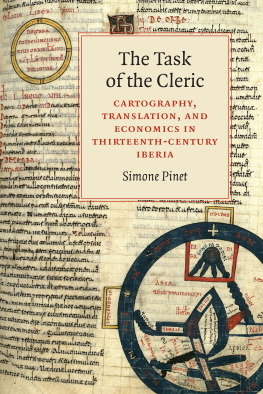

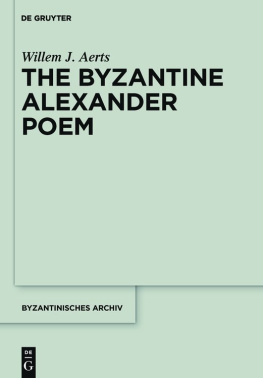

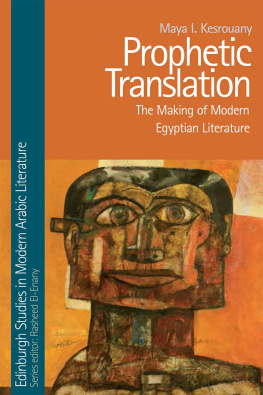
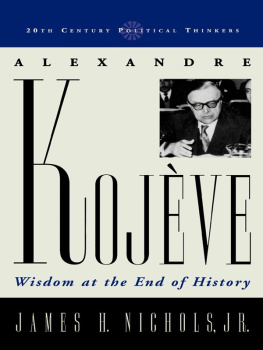
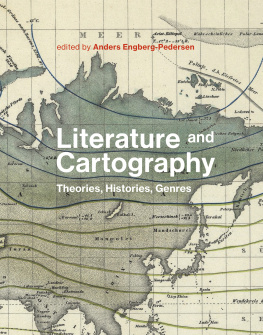


 Printed on acid-free, 100% post-consumer recycled paper with vegetable-based inks.
Printed on acid-free, 100% post-consumer recycled paper with vegetable-based inks.
